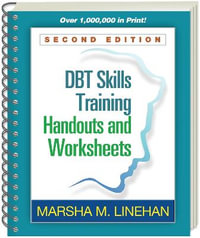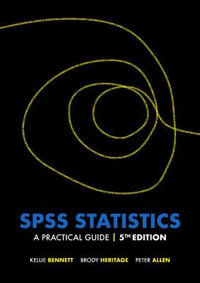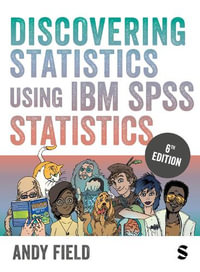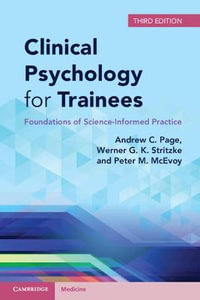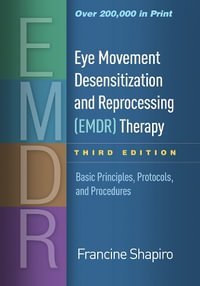| Preface | p. xi |
| Prologue | |
| Traffic Psychology in a (New) Social Setting | p. 3 |
| Vulnerable Road Users I: Pedestrians and Cyclists | |
| Using Epidemiological Data to Address Psychological Questions about Pedestrian Behaviour | p. 17 |
| Rural and Urban Children's Understanding of Safety and Danger on the Road | p. 27 |
| A Thematic Analysis of Children and Young Adults' Perceptions of Roadway Risk | p. 37 |
| Are Differences in Children's Travel Reflected in Their Cognitive Maps? | p. 49 |
| Criteria for Cyclists' Everyday Route Choice | p. 63 |
| Vulnerable Road Users II: Older Road Users | |
| The Elderly Pedestrian and Social Representations | p. 79 |
| Elderly Drivers' Hazard Perception and Driving Performance | p. 91 |
| Assessment and Decision Criteria for Driving Competence in the Elderly | p. 101 |
| The Rookwood Driving Battery and the Older Adult | p. 115 |
| Vulnerable Road Users III: Novice Drivers | |
| What Do Novice Drivers Learn during the First Months of Driving? Improved Handling Skills or Improved Road User Interaction? | p. 129 |
| "TRAINER" Project: Pilot Applications for the Evaluation of New Driver Training Technologies | p. 141 |
| Profile of the British Learner Driver | p. 157 |
| Effects of Lowering the Age Limit for Driver Training | p. 171 |
| Emotion and Personality | |
| The Role of Attributions and Anger in Aggressive Driving Behaviours | p. 181 |
| Developing the Driving Anger Scale | p. 191 |
| Effects of Emotions on Optimism Bias and Illusion of Control in Traffic | p. 203 |
| Big Five Personality Traits as the Distal Predictors of Road Accident Involvement | p. 215 |
| Automation and Information Systems | |
| Mind Over Matter: Who's Controlling the Vehicle and How do We Know | p. 231 |
| Adaptation Effects in an Automated Car-Following Scenario | p. 243 |
| Evaluation of a DGPS Driver Assistive System for Snowplows and Emergency Vehicles | p. 257 |
| ADAS' Acceptance and Effects on Behaviour: the Consequences of Automation | p. 273 |
| Age, Previous Knowledge, and Learnability of Driver Information Systems | p. 279 |
| Automated Driving Does not Work without the Involvement of the Driver | p. 293 |
| The Role of Expectations in Interaction Behaviour between Car Drivers | p. 303 |
| Driving Performance I: Control and Workload | |
| Cross Modal Effects in Transportation | p. 317 |
| Regulation of Speed and Time-Headway in Traffic | p. 327 |
| Speed, Traffic Complexity and Visual Performance: A Study on Open Road | p. 339 |
| Effects of Motorway Lighting on Workload and Driving Behaviour | p. 355 |
| A Study of Conversation Performance Using Mobile Phones while Driving | p. 369 |
| Traffic Psychology Theories: towards Understanding Driving Behaviour and Safety Efforts | p. 383 |
| Driving Performance II: Perception and Awareness | |
| Driver's Perception of Self-Explained Road Infrastructure and Architecture | p. 397 |
| The Effect of Vehicle Navigation Systems on the Formation of Cognitive Maps | p. 407 |
| Mental Representation of Traffic Signs: Role of Sign Complexity and Semantic Information | p. 419 |
| Professional Driver Training and Driver Stress: Effects on Simulated Driving Performance | p. 431 |
| Does Time Slow down in a Car Crash? Danger, Time Perception and Speed Estimates | p. 443 |
| Driving without Awareness | p. 455 |
| Prophylactic Naps Can Reduce Car Accidents Risk in Shift-Workers | p. 471 |
| Violation and Rehabilitation | |
| Drivers and Traffic Laws: a Review of Psychological Theories and Empirical Research | p. 487 |
| Why Do Drivers Speed? | p. 505 |
| Effects of Speed Cameras on Driver Attitude and Behaviour | p. 513 |
| What Shall We Do about Speeding-Education? | p. 521 |
| Ways to Rehabilitate Drunken Drivers in Germany-Recruiting of Clients, Rehabilitation Programs, Evaluation | p. 529 |
| Setting up and Assessing a Commitment Procedure in Rehabilitation Training Courses for Traffic Regulation Offenders in France | p. 539 |
| Travel Demand Management and Travel Mode Choice | |
| Changes of Private Car Use in Response to Travel Demand Management | p. 551 |
| Childhood Influences on Adult Travel Mode Choice | p. 573 |
| Temporary Structural Change: a Strategy to Break Car-Use Habit and Promote Public Transport | p. 585 |
| Epilogue | |
| Traffic Psychology and Road Safety: Separate Realities | p. 595 |
| Table of Contents provided by Ingram. All Rights Reserved. |












